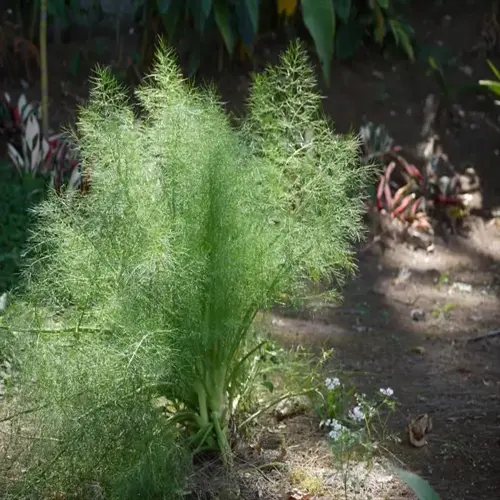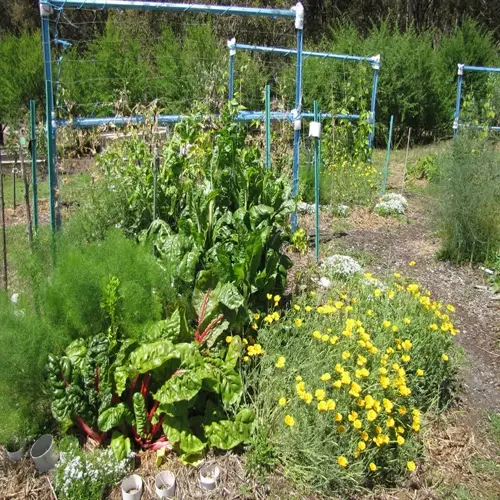Can you grow cilantro indoors?

Written by
Kiana Okafor
Reviewed by
Prof. Martin Thorne, Ph.D.Tomato cultivation creates a bounty of fruit regardless of season. Temperature and humidity levels should remain consistent during the growth cycle. I enjoy home-grown tomatoes nearly year-round by controlling the climate with a few techniques. Proper care ensures a successful tomato harvest, regardless of the season.
Container Specifications
- Select pots at least 8 inches deep for taproot development
- Ensure drainage holes prevent waterlogging
- Use quality potting mix enriched with perlite
Light Management
- Provide 4-6 hours direct sunlight near south-facing windows
- Supplement with full-spectrum grow lights 6 inches above plants
- Rotate containers weekly for uniform exposure
Environmental Control
- Maintain temperatures between 60-70°F
- Keep humidity at 40-50% using pebble trays
- Ensure good air circulation with small fans
Water indoor cilantro when the top inch of soil feels dry. Use room-temperature water to avoid root shock. It is better to water the bottom, which prevents moisture on the leaves, reducing disease risk. I check the soil moisture daily during the winter heating season. Consistent hydration prevents bitter leaves.
Container plants have different nutrient management considerations. Use diluted liquid fertilizer every 3 weeks during growth stages. Fish emulsion provides balanced nutrition and does not risk burning. Lower yellow leaves can indicate a nitrogen deficiency that should be corrected. Every couple of months, flush the soil to prevent salt buildup.
Leggy Growth
- Increase light intensity or duration
- Move plants closer to light sources
- Prune tops to encourage bushiness
Pest Infestations
- Isolate affected plants immediately
- Spray with diluted neem oil solution
- Introduce beneficial insects like ladybugs
Flavor Issues
- Ensure adequate light for oil production
- Avoid over-fertilizing which dilutes flavor
- Harvest in morning for peak potency
Start new plants every 3-4 weeks to ensure you have a continuous harvest. Sow seeds ¼ inch deep and ensure the soil is moist. Cover the containers with plastic until the seeds germinate, and then thin the seedlings to 3 inches apart to provide sufficient resources. This approach of succession planting will keep you with a constant supply.
Utilize cut-and-come-again methods to promote sustainability during harvest. Start with the outer leaves, allowing the centers to re-establish for a subsequent harvest. Remember to rotate the plants around your harvest locations to allow the previous harvests to recover. With good care, indoor cilantro may produce for 2-3 months before it needs to be renewed.
Read the full article: How to Grow Cilantro: Ultimate Beginner Guide

